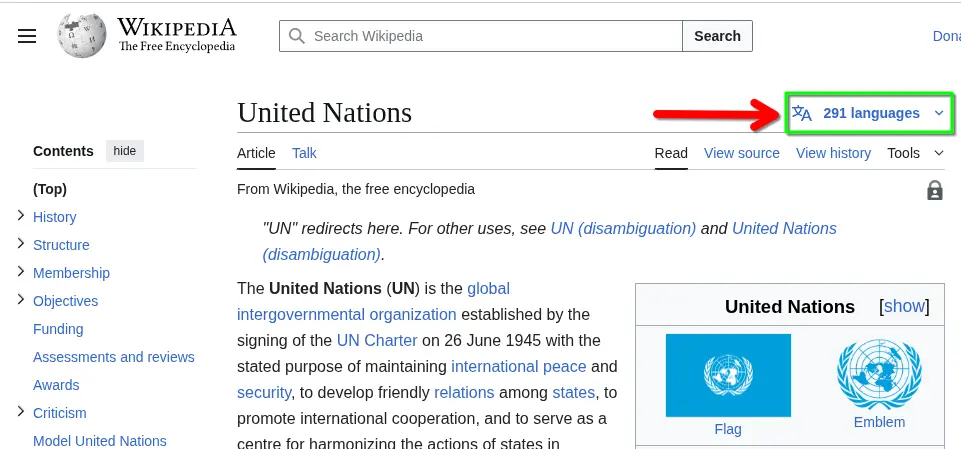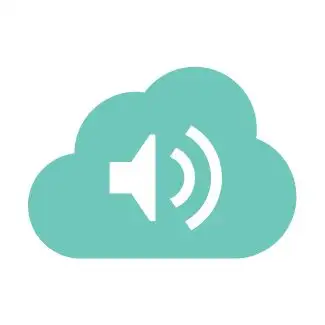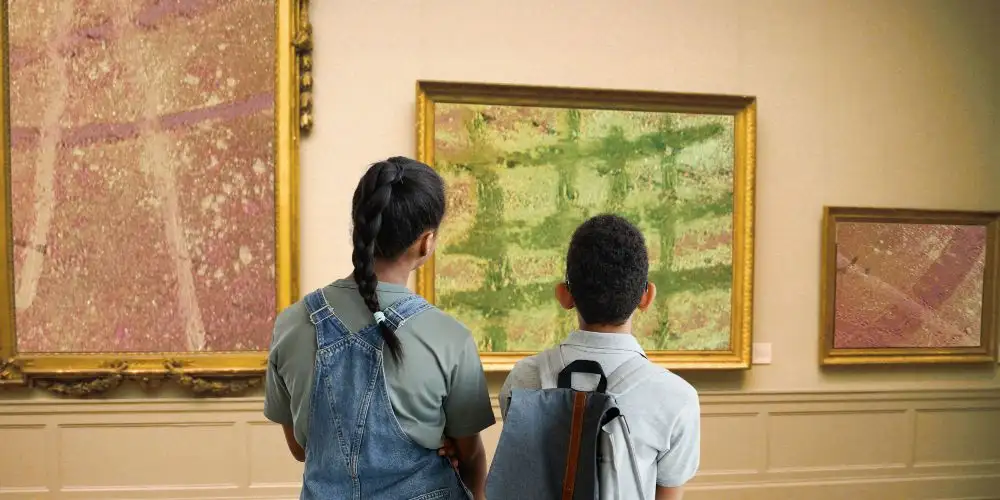1. Investigate ambiguities and specialized terms
Before translating, always check for terms that may be ambiguous or have multiple meanings. Avoid guessing — consult reference materials, do background research, or reach out for clarification.
Example: The word “Chapel” can refer to a small religious building, a room within a church, or even a musical ensemble. If the context isn't clear, confirm with the client or check official museum descriptions.
2. Context is essential
Always read the entire segment and understand the broader context before translating. Texts taken out of context often lead to serious misinterpretations.
Example: “Salon” in French can mean a living room, a grand reception hall, or an art exhibition. A rushed translation might result in calling the "Salon de 1848" a “parlor” instead of an art show.
3. Use AI tools wisely
AI-assisted tools like DeepL (recommended!) or Google Translate can help you get started, but never rely on them for the final version. These tools often produce fluent output — even when it’s wrong.
Example: AI may automatically render “Stoa” (from ancient Greek architecture) as “marketplace,” but that’s misleading. You must understand the historical context and verify the term’s use with trustworthy sources.
4. Proofread with a critical eye
Line by line, ask yourself: “Does this make sense for this specific museum or context?” Use official sources for comparison wherever possible.
Example: If the source mentions the “Uffizi Gallery,” verify whether the institution’s Italian site uses “Galleria degli Uffizi” or simply “Uffizi” in your target language.
5. Standardize transliteration and institutional names
Proper names, titles, and institutional terms should match their official or commonly accepted usage. Always verify names against local or official sources.
Example: The Spanish equivalent of "UN" ('United Nations') is "ONU" ('Organización de las Naciones Unidas'). However, this method does not work always! “Smithsonian Institution” would sound terribly weird translated as "Institución Smithsoniana". Use the official translation, if available, or keep the original name, depending on audience expectations.
(Check Wikipedia for this. You might be surprised to learn how many people are unaware of this small menu, which helps you find the accepted convention for the name of any institution in many languages!)

6. Ask questions early
If you’re unsure about a term or concept, ask before proceeding. Clarifying now avoids major revisions later.
Example: Unsure whether to translate “crypt” as “underground chapel” or “vault”? Don’t guess — ask the project manager for confirmation based on the site’s layout.
7. Explain Key Choices When Needed
If you’ve chosen an unusual term or found ambiguity in the source, annotate it briefly. This helps reviewers understand your reasoning and speeds up approval.
8. Translate for the ear, not just the eye
Audio guide translations must sound natural when spoken. Avoid overly complex sentences, heavy subordination, or dense academic phrasing. Prioritize rhythm and clarity.
Pro tip: Read your translation aloud. If it sounds awkward, revise it. Proper punctuation helps narrators deliver the text with the right pauses and tone.
9. Flag errors in the source text
Our scripts sometimes originate from curators or museum teams. But even these professionals can make mistakes! If you notice a factual error or inconsistency, let us know — it helps everyone.
Example: If a script says “This painting was completed in 1905,” but the artist died in 1899, flag it. Your diligence improves the final product and builds trust.
10. Address the listener in the singular and respectfully
Audio guides speak to one person at a time. Use the formal singular (“usted”, “Sie”, “vous”, “Lei”) unless otherwise instructed. Avoid plural forms like “vosotros” or “ihr.”
Exception: Children’s or playful content may call for informal language — but we’ll let you know in those cases. When in doubt, ask.
11. Translating titles of artworks, films, and books
In an academic work, you can opt to include the title of a work in its original language alongside a translation in brackets, but this would not be appropriate for an audio guide, which is a text to be listened to and not read. Translate artwork titles into the target language unless instructed otherwise, and verify official versions when possible.
- Art: Translate “La Primavera” by Botticelli as “Spring” if that’s the museum’s official English version.
- Film: Use the title under which the film was released in the target country — e.g., “La Vita è Bella” should be “Life Is Beautiful” and not "Life Is Nice".
- Books: Use the published translated title — not your own version. E.g., “Les Misérables” becomes “Los Miserables” in Spanish, not “Los Desdichados.”
12. Adapt to the target audience’s culture
Cultural references may require clarification or localization, depending on your audience.
Example: “Hanami” (the Japanese cherry blossom tradition) may need a brief explanation for non-Japanese listeners. Likewise, explaining “bodegón” to an art-savvy Spanish audience may be redundant.
13. Adapt weights and measurements
Convert measurements to match your audience’s expectations:
- Use metric for most of Europe and Latin America.
- Use imperial units (feet, inches, pounds) for U.S. audiences.
- When in doubt, clarify or use both formats.
Example: A sculpture measuring “1.80 meters tall” might become “nearly six feet tall” for a U.S. audience.
14. Ask — No question is too small
We prefer early questions over late corrections. If something feels off or unclear, just ask. This shows professionalism and helps maintain quality standards.
Note: If you never ask questions for a highly complex script, we may assume you haven't reviewed it carefully and will scrutinize your work more closely.
15. Accept feedback openly
We review all translations internally. Any feedback we offer is intended to support your growth and align your work with Nubart’s evolving standards. We’re on your side!
16. Think long-term
We value trusted collaborators. If you're consistent and reliable, we'll prioritize you for future projects. Unless you disagree, we’ll also credit your name in the final guide — a great addition to your portfolio.




